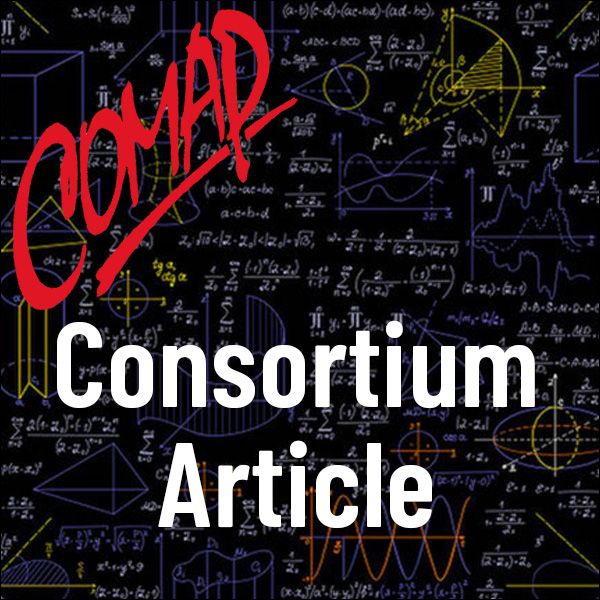Debating the Sorting of Debate Teams: Mathematical Modeling to the Rescue
Author: Paul Kehle and Eric Barnes
Debate tournaments routinely involve between 40 and 400 teams and the goal, as in any tournament, is to determine the best team. But because debate tournaments take place over only 2-3 consecutive days, there is not enough time to have every team debate every other team. Additionally, for logistical reasons and a lack of seeding information at the start of a tournament, a single-elimination format is impractical. Over time, a tournament structure has emerged suited to the constraints of the debate world and some common-sense assumptions. It is a tournament structure unlike any other. Despite qualms shared by many people about its fairness, the history of, comfort with, and investment in the current structure make change difficult. To make a change will require convincing evidence that an alternative structure is a significant improvement over the status quo. This article, the first in a series, suggests a mathematical modeling approach for comparing the relative merits of alternative structures; and within this larger modeling context, we also highlight a mathematical structure with intrinsic and intriguing computational and mathematical properties independent of any tournament context. More of the mathematical aspects underlying the study of tournament structures will be highlighted in future columns.

Mathematics Topics:
Application Areas:
You must have a Full Membership to download this resource.
If you're already a member, login here.